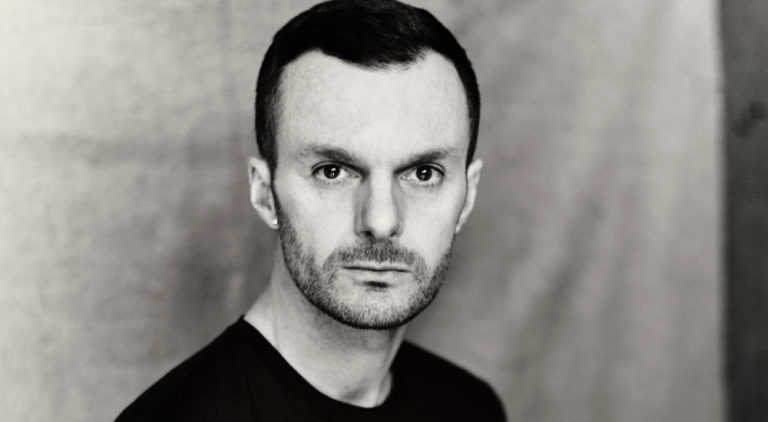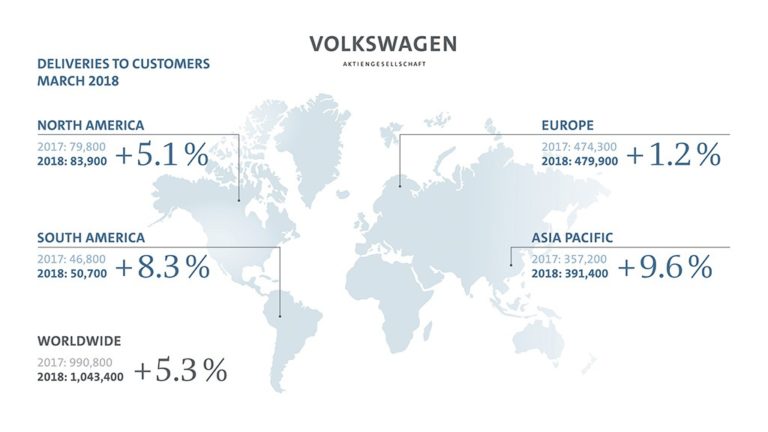- Innovative Hyperloop connections to transform tourism infrastructure development in GCC
- Future travel experiences to kick start proceedings on ATM’s Global Stage with Sir Tim Clark, Emirates Airline; Issam Kazim, Dubai Tourism and Harj Dhaliwal, Hyperloop One
GCC capital investments in tourism infrastructure are expected to reach US$56 billion by 2022, with the UAE ranked the most competitive in the region, driven by the development of multiple revolutionary transport projects, according to the latest research published ahead of Arabian Travel Market (ATM) 2018.
According to Arabian Travel Market’s research partner, Colliers International, lightening-speed, innovative Hyperloop train systems combined with the Haramain High Speed Railway, the development of key international airports in Saudi Arabia and airport expansion in the UAE, Bahrain, Oman and Kuwait are just some of the projects set to transform tourism infrastructure development in the GCC.
Tourism infrastructure will feature heavily in the programme at ATM 2018, which takes place at Dubai World Trade Centre from April 22-25, with Hyperloop and future travel experiences kicking off proceedings on ATM’s Global Stage on Sunday 22
nd April between 13.30 and 14.30. Moderating the session, Richard Dean, a UAE-based business broadcaster and presenter will be joined by a host of high-profile panellists including Sir Tim Clark, President, Emirates Airline, Issam Kazim, CEO, Dubai Corporation for Tourism and Commerce Marketing (DCTCM), and Harj Dhaliwal, Managing Director Middle East and India Operations, Hyperloop One.
Simon Press, Senior Exhibition Director, ATM said: “As we move towards an innovative and technologically-driven future, it is important to explore the impact ultra-modern travel infrastructure will have on the tourism industry in the UAE and wider GCC region. ATM’s opening session ‘Future Travel Experiences’ will explore this evolution as technological advances bring new and improved modes of transport to the market.”
Virgin Hyperloop One, a futuristic transportation concept through which pods, propelled by magnets and solar, will move passengers and cargo at speeds of 1,200kph, is the most prominent tourism infrastructure development in the UAE at present.
Backed by Dubai-based DP World, Hyperloop One has the potential to transport approximately 3,400 people an hour, 128,000 people a day and 24 million people a year.
In November 2016, Dubai’s Road and Transport Authority (RTA) announced plans to evaluate a hyperloop connection between Dubai and Abu Dhabi, which could reduce travel times between the two emirates by 78 minutes.
Press said: “Providing a hyperloop connection that allows both UAE residents and tourists to travel between Dubai and Abu Dhabi in just 12 minutes is just the beginning. In the future, other emirates and indeed other GCC countries could also be linked, with journeys between Dubai and Fujairah as low as 10 minutes and Dubai to Riyadh in 40 minutes.”
Hyperloop One isn’t the only concept to boost tourism infrastructure in the region. Airport and cruise terminal expansions, improved domestic inter-city road and rail work and the growth of low-cost airlines will keep the GCC at the forefront of tourism infrastructure and innovation.
Air passenger arrivals to the GCC are forecast to increase at a compound annual growth rate (CAGR) of 6.3%, from 41 million in 2017 to 55 million in 2022. The development of new airports across the GCC region, combined with the introduction of various low-cost carriers such as flydubai and recently launched Saudi low-cost airline Flyadeal, are expected to contribute heavily to this growth.
In Dubai, cruise tourism is expected to grow over the next two years as the emirate targets the arrival of 20 million tourists a year, ahead of Expo 2020. During the 2016/2017 season, Dubai welcomed 650,000 cruise tourists with this figure forecast to increase to one million by 2020. Expansion works at DP World’s Hamdan bin Mohammed Cruise Terminal at Mina Rashid are expected to contribute to this growth. Set to be the largest terminal in the world, the facility is capable of handling 18,000 travellers every single day.
Looking ahead to ATM 2018, responsible tourism – including sustainable travel trends – will be adopted as the main theme. Celebrating its 25
th year ATM will build on the success of last year’s edition, with a host of seminar sessions looking back over the last 25 years and how the hospitality industry in the MENA region is expected to shape up over the next 25.
About Arabian Travel Market (ATM) is the leading, international travel and tourism event in the Middle East for inbound and outbound tourism professionals. ATM 2017 attracted almost 40,000 industry professionals, agreeing deals worth US$2.5bn over the four days. The 24th edition of ATM showcased over 2,500 exhibiting companies across 12 halls at Dubai World Trade Centre, making it the largest ATM in its 24-year history. Arabian Travel Market now in its 25
th year will take place in Dubai from Sunday, 22
nd to Wednesday, 25
th April 2018. To find out more, please visit:
www.arabiantravelmarketwtm.com.
About Reed Exhibitions
Reed Exhibitions is the world’s leading events business, enhancing the power of face to face through data and digital tools at over 500 events a year, in more than 30 countries, attracting more than seven million participants.
About Reed Travel Exhibitions
Reed Travel Exhibitions is the world’s leading travel and tourism event’s organiser with a growing portfolio of more than 22 international travel and tourism trade events in Europe, the Americas, Asia, the Middle East and Africa. Our events are market leaders in their sectors, whether it is global and regional leisure travel trade events, or specialist events for meetings, incentives, conference, events (MICE) industry, business travel, luxury travel, travel technology as well as golf, spa and ski travel. We have over 35 years’ experience in organising world-leading travel exhibitions.
Media contact
NATHALIE VISELE
Director
Tel: +971 4 365 2711 | Mobile: +971 50 457 6525
E-mail:
nathalie.visele@shamalcomms.com
Office 106, Arjaan Office Tower, Dubai Media City
PO Box 502701 | Dubai, United Arab Emirates
Website:
www.shamalcomms.com













